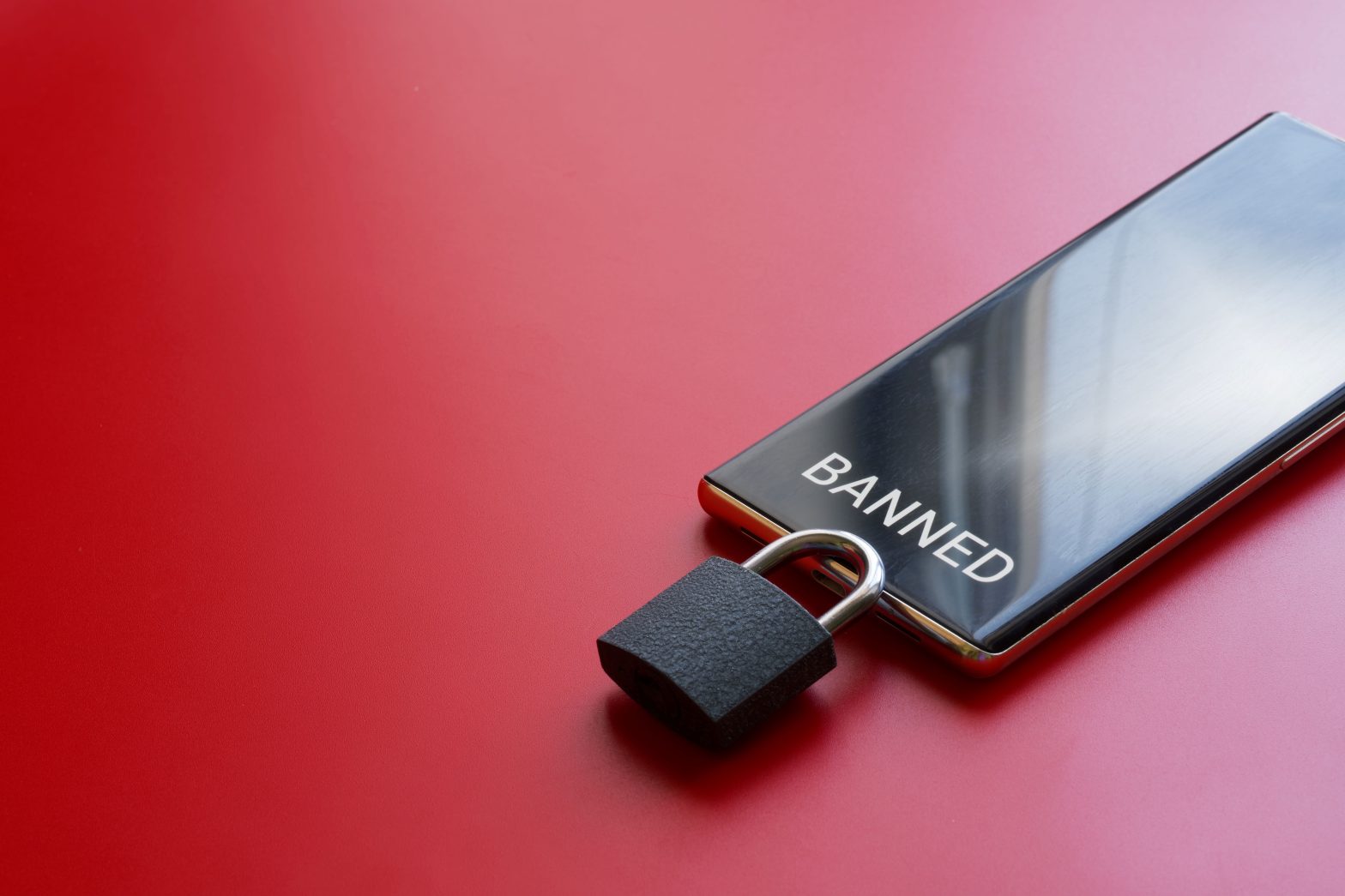Following the media’s publication of a photo depicting a detainee with an untreated, enlarged hernia, the St. Louis City Justice Center implemented a ban on attorneys bringing their phones during client meetings.
Public defender Erika Wurst captured the photo of Kevin O’Shaughnessy, shared with multiple media outlets during a bond hearing last Thursday.
At the hearing, O’Shaughnessy’s sister and mother appealed to St. Louis Circuit Court Judge Katherine Fowler, urging her to permit Kevin to await his court date outside the city jail. They asserted that his mental and physical medical needs were undergoing severe neglect at the facility. Jordan Cohen, O’Shaughnessy’s attorney, and the family presented the photo as proof of the neglect.
Following this, Matt Mahaeffey of the public defender’s office notifies the news outlet RFT that there are now restrictions on attorneys bringing phones into the facility. He reports that three attorneys from his office received a uniform message.
On the heels of media coverage highlighting inadequate medical attention for detainees, Department of Public Safety spokesman Monte Chambers asserts that the no-phone rule for all visitors is not a new policy but a longstanding one.
Nevertheless, on January 5, a notice was displayed at the St. Louis City Justice Center stating, “Beginning January 15, 2024, no cellular devices or any type of recording/photography devices will be allowed inside the facility. All previous authorizations for cellular devices are no longer authorized.”
Bringing their cell phones for visits to the St. Louis City Justice Center is a practice among attorneys because Wi-Fi is unavailable, compelling them to rely on cellular data to access court documents online. Furthermore, attorneys regard phones as essential for emergencies, especially during visits conducted at the facility during extended hours, given the approximately 60 percent staff vacancy rate and an increasing inmate population.
According to Mahaffey, the jail’s response exemplifies its tendency to resist transparency when faced with public scrutiny, as evidenced by incidents like a hostage situation, detainee deaths, and accounts of prisoners meeting with lawyers while wearing only their undergarments.
Since June, police have held O’Shaughnessy on charges of armed criminal action and assault. He sustained six gunshot wounds after pointing a rifle at a SWAT team. Diagnosed with schizophrenia, Cohen stated in court that O’Shaughnessy attempted suicide by cop in June. Judge Fowler ordered his release to BJC Hospital for evaluation following yesterday’s hearing.
While O’Shaughnessy benefits from supportive family resources, Mahaffey stresses that everyone at the jail faces similar harsh realities.
On the other hand, despite O’Shaughnessy’s unique circumstances, Mahaffey urges scrutiny of the jail administration’s actions and inactions, challenging blind political support, and rejecting the acceptance of suffering or death for innocent-until-proven-guilty individuals in state custody.
The city’s spokesperson underscores the Department of Corrections’ longstanding policy regarding phone usage, citing recent contraband incidents as a security risk. The Division of Corrections, aiming to maintain a secure facility, plans further security measures, including advanced body scanners and collaboration with the St. Louis Metropolitan Police Department, in response to evolving trends in contraband occurrences.
Source: https://www.riverfronttimes.com/news/st-louis-jail-bans-phones-after-detainee-photo-goes-public-41592133
